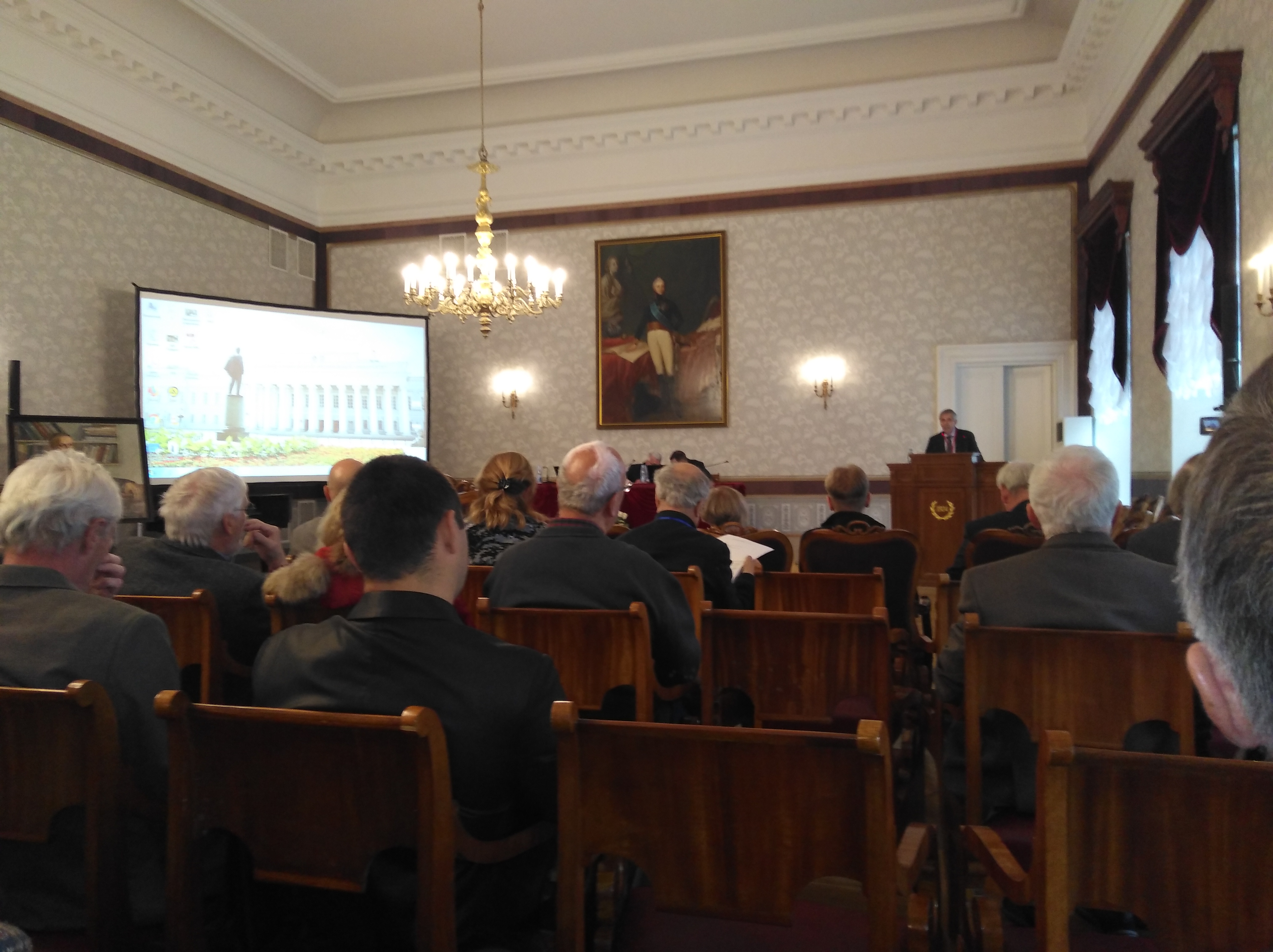
The corresponding author and the co-authors (hereon referred to as the Author(s)) of the paper being submitted to the Ukrainian Journal of Physics (hereon referred to as the Paper) from one side and the Bogolyubov Institute for Theoretical Physics, National Academy of Sciences of Ukraine, represented by its Director (hereon referred to as the Publisher) from the other side have come to the following Agreement: Improving B1 fi eld homogeneity in dielectric tube resonators for EPR spectroscopy via controlled shaping of the dielectric insert. Dielectric Resonators (Radio i Svyaz', 1989) (in Russian). The homogeneity range and the microwave dielectric properties of the BaZn2Ti4O11 ceramics. Microwave dielectric properties of BaTi4O9-BaSm2Ti4O12 composite ceramics. Microstructure and microwave dielectric properties of BaTi4O9 ceramics derived from a sol-gel precursor. Transparent miniature dielectric resonator for electron paramagnetic resonance experiments. Lashkarev Institute of Semiconductor Physics, 2015) (in Russian). Dielectric Resonators for EPR Spectroscopy (V.E. EPR uniform fi eld signal enhancement by dielectric tubes in cavities. Dielectric microwave resonators in TE011 cavities for electron Electromagnetic characterization of rectangular ferroelectric resonators. Raising the sensitivity of the electron-paramagnetic-resonance spectrometer using a ferroelectric resonator. The use of ferroelectric material for increasing the sensitivity of EPR spectrometers. Application of magnetic field over-modulation for improved EPR linewidth measurements using probes with Lorentzian lineshape. Human tooth EPR dosimetry with enhanced sensitivity.

Frequency dependence of EPR signal-to-noise. Electron Spin Resonance: A Comprehensive Treatise on Experimental Techniques (Dover, 1997). Magnetic defects in KTaO3 and KTaO3 : Fe nanopowders. Magnetic Resonance and Its Applications (Springer, 2014). Quantitative EPR: A Practitioner's Guide (Springer, 2010). A gain factor of 9 was obtained for unsaturated test MnCl 2 samples, and 1.5 for saturated test MgO : Mn ones. The amplification is observed for both unsaturated samples and samples characterized by the saturation of the EPR signals. It was found that the application of such dielectric inserts allows the EPR signal to be amplified owing to the redistribution of the microwave field in a standard rectangular TE 102 resonator. of UkraineĮPR spectroscopy, dielectric resonators, EPR sensitivity, barium tetratitanate AbstractĬylindrical dielectric inserts for a standard EPR spectrometer with a metallic resonator have been developed on the basis of doped barium tetratitanate ceramics (BaTi 4O 9 + 8.5% ZnO) with the dielectric constant e = 36 and low dielectric losses (tan б ≈ 1.887 × 10 −4) in a frequency interval of 9–10 GHz. Vernadsky Institute of General and Inorganic Chemistry, Nat. Lashkaryov Institute of Semiconductor Physics, Nat.
#BRUKER EPR RESONATORS DOWNLOAD#
Non-invasive EPR imaging offers the capacity to spatially locate paramagnetic molecules in small animals and bulk materials.įor more information on using EPR spectroscopy and imaging in your research, please refer to the key areas of expertise at the CAI listed below, download the EPR Facility brochure or contact the Facility Manager.

Samples for study can be in the form of a powder, crystal, solution or solid with no limit on molecular size.

Structural and electronic characterisation of a sample by EPR spectroscopy is afforded by measuring couplings between the unpaired electrons and magnetic nuclei.
#BRUKER EPR RESONATORS FREE#
Examples include free radicals, transition metal ions and multiatom clusters found in diverse areas as nanomaterials, materials science, structural biology and chemistry, food science, radiation dosimetry and medicine.


 0 kommentar(er)
0 kommentar(er)
